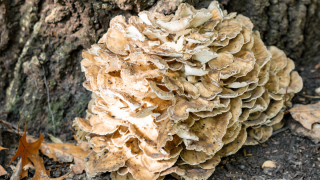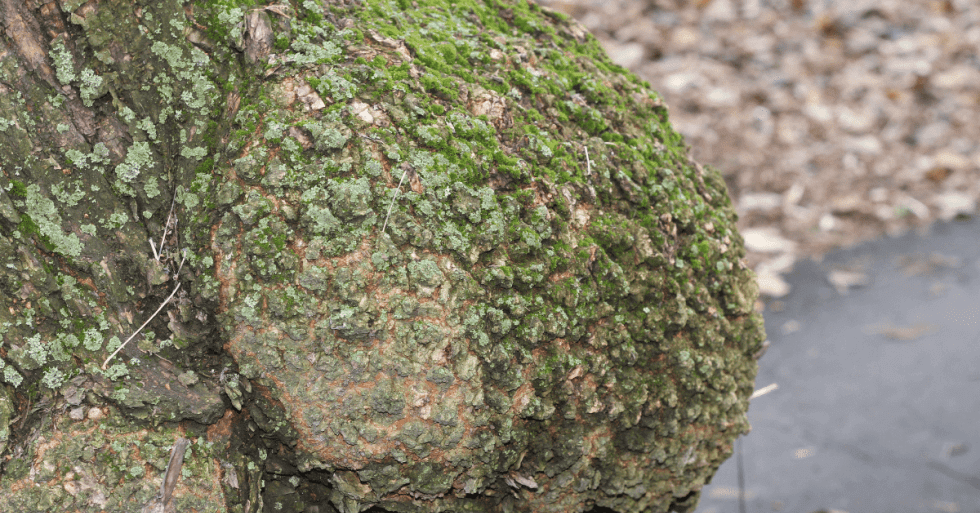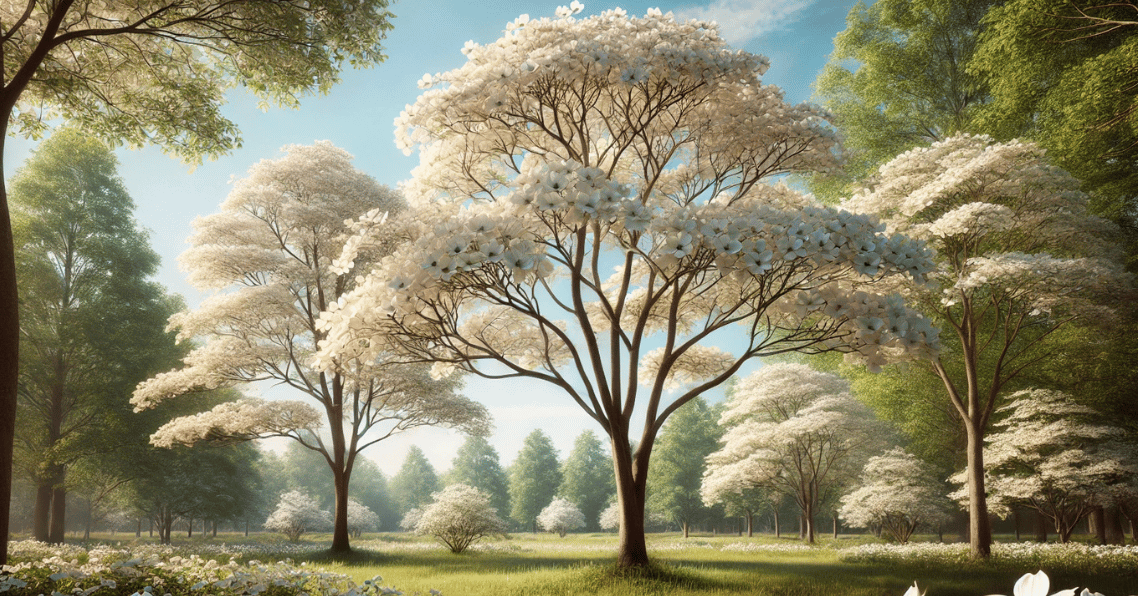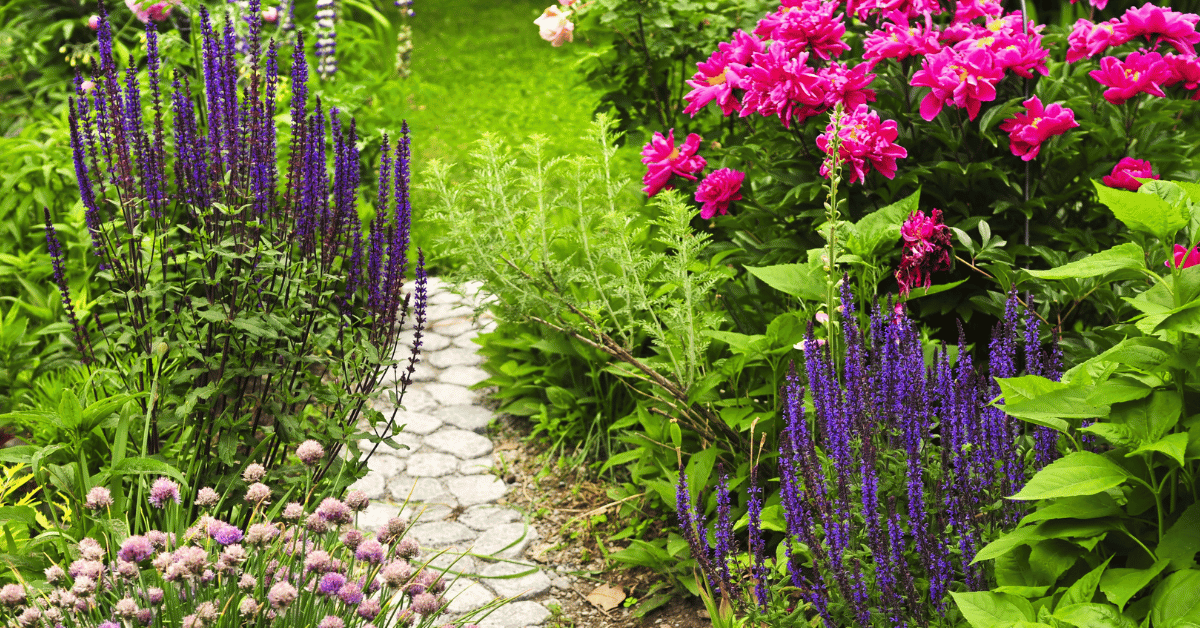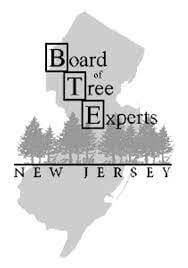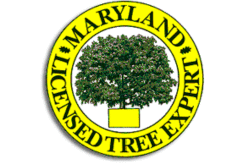If you’ve spotted a large, ruffled mushroom growing at the base of a tree, you might be looking at Grifola frondosa, commonly known as hen of the woods mushroom. It’s a prized find for mushroom hunters and nature lovers. But before harvesting or getting too close, it’s smart to know what you’re looking at.
As arborists at Strobert Tree Services, we focus on the health of trees. And yes, even mushrooms can tell us a lot about what’s happening underground. Let's walk you through what the hen of the woods mushroom looks like, where it grows, and what it means for your trees.
What Is Hen of the Woods?
Hen of the woods is a mushroom that grows in clusters. It looks a bit like a ruffled chicken or fluffed feathers. Some people also call it maitake, which means "dancing mushroom" in Japanese.
It’s not a small mushroom. One cluster can weigh several pounds and spread over a foot wide. The caps are grayish-brown and fan-shaped, with wavy or curled edges. They grow in tight bunches, like petals stacked on top of each other.
It does not have gills underneath like many mushrooms. Instead, it has tiny pores where it releases spores.
Cultural and Common Names
The hen of the woods mushroom is known by many names around the world. In Japan, it’s called maitake, which means “dancing mushroom.” The name comes from the excitement foragers feel when they find it. In the U.S., it's often listed in field guides under Grifola frondosa, one of the most recognizable mushrooms of North America. Some people simply call it the “dancing mushroom” due to its frilly, layered shape.
No matter the name, this wild mushroom is valued for both its taste and its connection to trees. Knowing these names helps people across regions recognize it and understand its role in forest ecosystems.
Identification and Similar Species
Hen of the woods mushroom grows in large, overlapping clusters at the base of oak trees and other hardwoods. It has fan-shaped caps and lobed fronds that look like ruffled feathers. The caps are usually grayish-brown with a cream-coloured pore layer underneath, not gills. It’s a type of polypore or pore fungus, meaning it releases spores through tiny pores. This mushroom is often confused with similar species like turkey tail.
Chicken of the woods is brighter orange and grows in shelves on trees, not at the base. Cauliflower fungus, or Sparassis crispa, looks more like noodles and is cream-colored all over.
Dyer's mazegill, also known as Phaeolus schweinitzii, is darker and often found on conifers. Blackening polypore may also appear similar at first, but it turns black with age. Knowing the host trees and checking the shape and texture of the caps can help with identification. If you see a large, ruffled mushroom growing in overlapping clusters near an oak tree, there's a good chance it’s hen of the woods.
Distribution and Habitat
Hen of the woods mushroom grows in moist woodlands, often near the base of mature and aging trees. It thrives in hardwood forests, especially around oak trees, but can also appear near stumps and along river bottoms. You might spot it while forest foraging or even in urban landscape trees if conditions are right.
This mushroom prefers the ground, not logs or high branches, and tends to grow in a branchy structure close to tree trunks. It’s common across the eastern United States, including places like Missouri. You can sometimes find it fresh at international groceries in the fall, but it’s most often seen by those walking wooded trails or keeping an eye on their yard during the cooler months.
Ecological Role and Life Cycle
Hen of the woods mushroom plays an important role in nature. It helps break down dead trees by decomposing the wood, which returns nutrients to the soil. This process is called nutrient cycling. The mushroom’s underground network, known as mycelium, connects with the ecosystem and supports other life forms. It can act as a saprobe, feeding on dead material, or as a parasite, slowly affecting living trees.
While it benefits the forest by cleaning up debris and recycling nutrients, its presence near living trees may signal deeper issues. These mushrooms are part of a complex web of ecosystem connections that help keep forests in balance.
Edibility and Culinary Uses
Hen of the woods mushroom is edible and well-loved in East Asian cuisine, especially in Japanese dishes like nabemono. It has a rich, meaty texture and deep umami flavor, thanks in part to natural compounds like l-glutamate. People often use it in stir-fries, soups, or even pickled.
Beyond taste, it’s also praised for potential health benefits. Some say it may help with blood pressure, blood sugar, and cholesterol levels. It’s also linked to boosting the immune system. Just make sure it’s correctly identified before eating.
When cooked, it becomes tender and flavorful, making it a popular choice for both flavor and nutrition.
Sustainable Harvesting and Conservation
Sustainable harvesting of hen of the woods mushroom starts with understanding its role in the ecosystem. This mushroom is the reproductive structure of a much larger organism hidden underground. If you take the entire specimen every time you find it, you may reduce the chances of it coming back. To help preserve the supply, it’s best to leave part of the mushroom behind so it can release spores.
These spores allow the fungus to spread naturally and continue its life cycle. When foraging for edible wild mushrooms, only collect what you need, check the condition of each specimen, and avoid damaging the area around the base. Responsible harvesting ensures that others can enjoy this mushroom in future seasons. Conservation starts with small actions that protect both the tree and the fungi it supports.
Nutritional and Medicinal Benefits
Hen of the woods mushroom is more than just a forager’s prize. It has real nutritional and medicinal potential. Rich in antioxidants and fiber, it supports a biodiverse diet and may help modulate glucose levels, making it of interest for people managing type 2 diabetes. In traditional eastern medicine, it’s long been used for its medicinal properties, especially for immune support. Its meaty texture and deep umami flavor make it a favorite in wild mushroom paté or as a meat substitute in stews.
When dried and used as a dehydrated powder, it adds a spicy or nutty flavour to soups and broths, enhancing both taste and health benefits. With its unique gastronomic properties and growing popularity in wellness circles, hen of the woods stands out as both food and functional medicine.
Why Does It Grow on Some Trees?
This mushroom is what we call a "saprophytic" and "parasitic" fungus. That means it feeds on decaying matter but can also slowly kill living wood. It often targets older trees or those under stress.
Once inside the tree roots, it begins to break down the wood. This weakens the structure of the tree. Over time, the tree can become unstable. Branches may die back. The canopy may thin. In some cases, the tree can fall, especially during a storm.
If you see a hen of the woods mushroom, it’s time to check your tree’s health.
How Can You Tell If Your Tree Is at Risk?
Start by looking at the base of the tree.
- Do you see mushrooms growing?
- Are there cracks in the bark?
- Do some branches look dead or leafless, even in season?
These are signs of stress or internal rot.
Also, take a step back. Is the tree leaning? Does it have a full, balanced canopy? Or does it look lopsided or sparse?
These are things we check during a tree health inspection.
What Can Be Done?
If the tree is still structurally sound, there may be ways to manage it. Tree pruning can remove dead limbs and reduce the load. Aeration can improve root health. Soil treatments may help reduce stress.
But if the tree is rotting from the inside, removal may be the safest option, especially near homes, walkways, or power lines.
That’s why a certified arborist should inspect it. We use tools to check for decay, assess risk, and offer a plan.
Should You Remove the Mushroom?
Removing the mushroom won’t solve the root problem. The fungus is already inside the wood. Think of the mushroom as a symptom—not the cause. It's the fruiting body of a much larger system underground.
That said, it’s okay to trim the mushroom back or rake it up if it bothers you. But know that it will likely return.
Can the Tree Be Saved?
Sometimes, yes. If caught early and the fungus hasn’t spread far, we can strengthen the tree and slow the decay. But in many cases, the tree is already too far gone by the time the mushroom shows up.
This is why regular tree inspections are important, especially for large or older trees.
Contact Strobert Tree Services
Strobert Tree Services isn’t just about tree removal. We focus on long-term tree health. Our certified arborists know how to identify mushrooms and other signs of decay. We assess the root system, inspect the trunk, and look for issues that might be hidden. Whether your tree needs pruning to reduce risk or complete removal for safety, we’ve got the experience to handle it. We also offer guidance on soil care and tree growth to help your landscape thrive.
If you’ve spotted a hen of the woods mushroom, or searched terms like tree fungus near base, mushrooms growing around tree roots, or mushroom identification by arborist, you’re in the right place. Our team works across Delaware, Pennsylvania, and New Jersey, offering reliable, expert service.
Don’t guess what’s going on underground. Contact Strobert Tree Services today. Let us help you protect your trees and your property.


